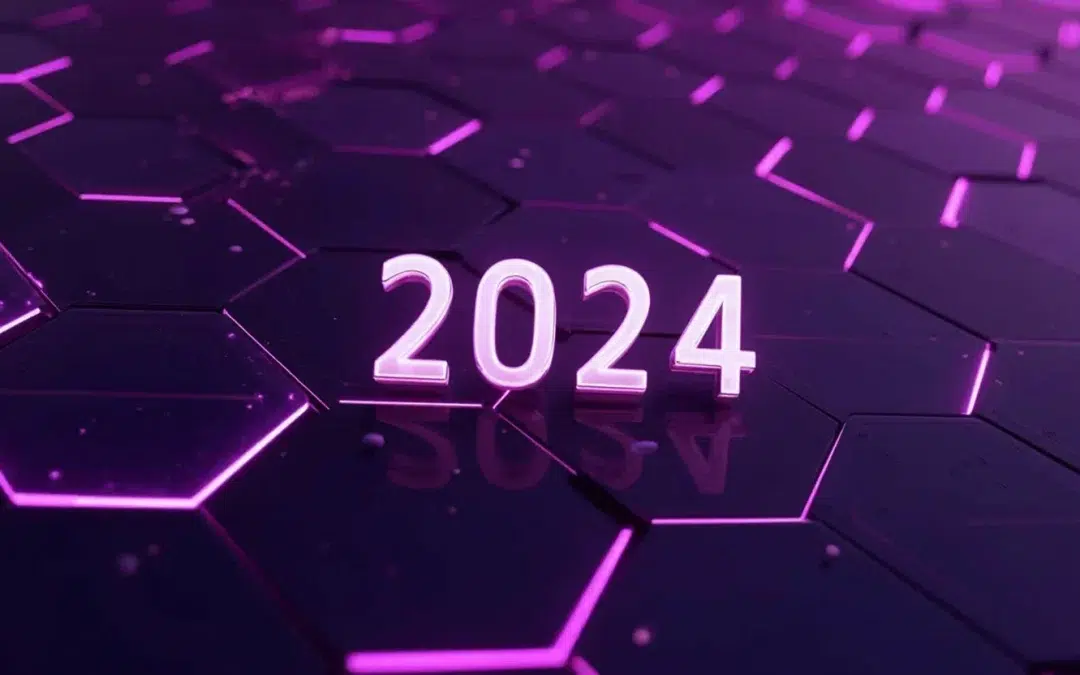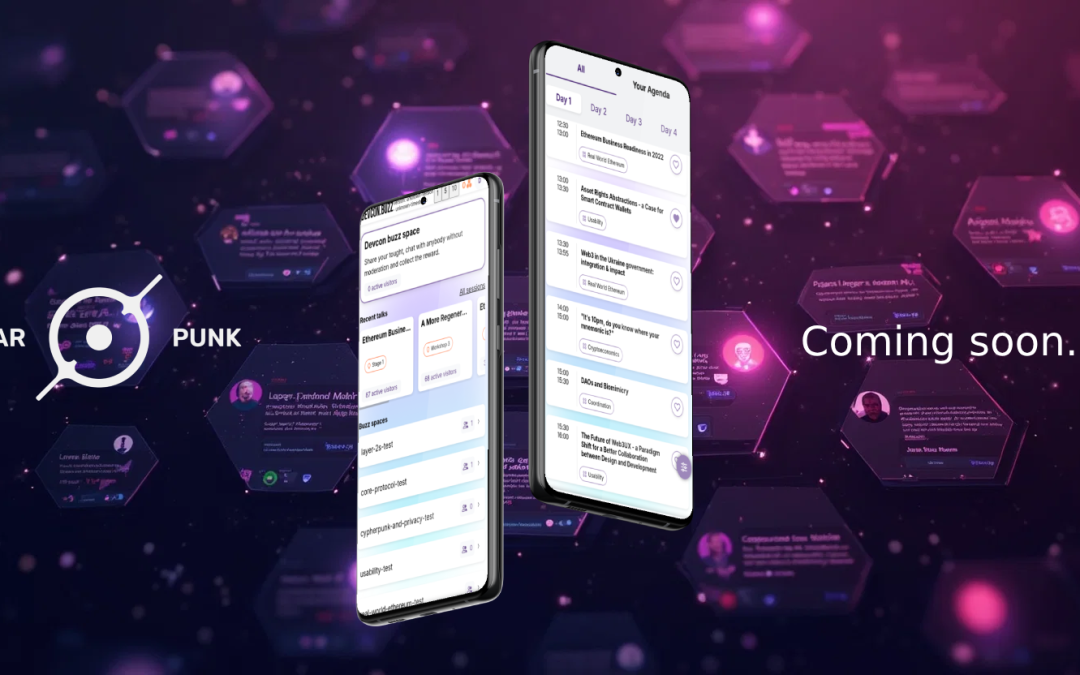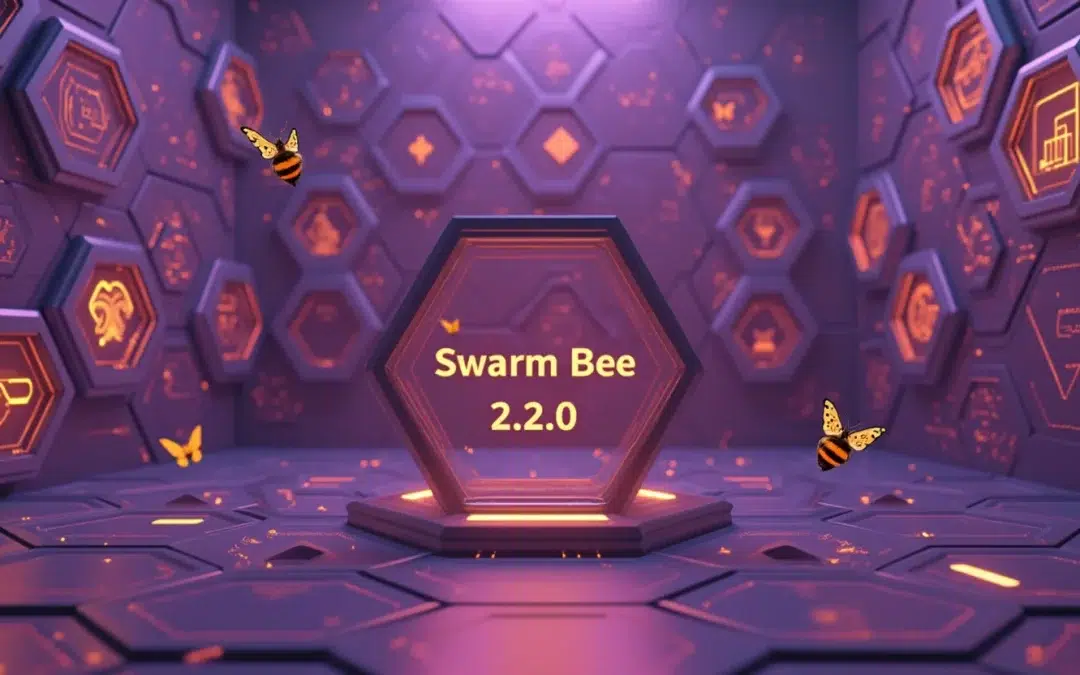In recent weeks, the world of blockchain technology has witnessed a surge in the launch of projects centered around zero-knowledge proofs. Notable offerings include Polygon’s zkEVM, Matter Lab’s zkSync Era on the Ethereum mainnet, and ConsenSys’ Linea zkEVM on the testnet. These projects share a common goal: to enhance Ethereum’s scalability by harnessing the power of zero-knowledge proofs. In this article, we delve into this exciting development and explore the potential future of interoperability in the realm of zero-knowledge rollups.
Zero-Knowledge Proofs: The Foundation
Zero-knowledge proofs are cryptographic techniques that allow one party to prove they possess specific knowledge without revealing the actual knowledge itself. In the context of blockchain technology, these proofs enable Ethereum to scale efficiently. Rollups, a key concept in this context, offload the computation for thousands of transactions from the main Ethereum blockchain, providing a tiny cryptographic proof that validates the correct execution of these transactions.
Competing Rollups or Collaborative Harmony?
As these zero-knowledge rollup projects gain momentum, a pressing question arises: Is it a winner-takes-all competition among them, or can they coexist harmoniously, working together seamlessly? Anthony Rose, head of engineering for zkSync, envisions a future where multiple rollups can collaborate, making it irrelevant for users to choose a specific one. In his view, the rollups will become an integral part of the blockchain infrastructure, much like how users of platforms like Snapchat or Facebook don’t need to understand the technical intricacies of the internet.
Interoperability: The Bridge to the Future
Transitioning from a landscape of competing rollups to an ecosystem of interoperable and composable zero-knowledge solutions is a significant challenge. Fortunately, the community is already contemplating this transition, and all the zero-knowledge projects mentioned are working on plans to achieve interoperability to varying degrees. The extent of this interoperability, however, largely depends on the development of standards and protocols.
Ethereum Scalability: Current Status
Currently, Ethereum’s scalability faces practical limitations due to data availability on the network. Despite various solutions claiming theoretical scalability figures in the tens of thousands of transactions per second (TPS), the reality is different. Ethereum and its scaling solutions collectively process around 25 transactions per second, with Ethereum itself averaging about 12 TPS over the past month. Arbitrum One, Optimism, and zkSync offer TPS in the range of 1.6 to 7.2.
The Road to Interoperability
Interoperability between rollups is crucial to prevent users from being confined to isolated ecosystems. For instance, Optimistic Rollup users experience a one-week waiting period for fund withdrawals, limiting their ability to interact with other ecosystems. Achieving interoperability is technically possible, but its practical implementation depends on factors such as the financial viability of frequently putting proofs on Ethereum, which currently results in delays of 10 to 20 minutes between transactions.
Interoperability vs. Composability
It’s important to distinguish between “interoperability” and “composability.” While these terms are often used interchangeably, they have distinct meanings. Interoperability involves the seamless movement of funds between different layer-2 solutions. Composability takes it a step further, enabling transactions that involve operations across multiple rollups. Achieving composability may require the development of new standards and protocols.
The Role of MetaMask Snaps
MetaMask, a popular browser wallet, offers another avenue for achieving interoperability. They are developing Snaps, which are crowdsourced wallet extensions that extend MetaMask’s capabilities. Snaps could facilitate communication between different ZK-rollups, allowing them to interact with each other effectively.
Composability: The Future Frontier
Composability entails transactions involving operations on different rollups in a more real-time manner. This requires the development of new standards and protocols, and the sooner this happens, the better the user experience will be. With synchronous composability, transactions can be seamlessly executed across different off-chain systems, offering users an optimal liquidity experience.
The Potential of Optimism’s Superchain
Optimism introduces the concept of a “Superchain” that aims to integrate various layer-2 solutions into a single interoperable and composable system. Shared sequencing and the separation of proving and execution are key aspects of this concept, allowing cross-chain operations like flash loans to occur efficiently.
Direct Connection between ZK-Rollups
Some experts believe that ZK-rollups can connect directly with each other, as long as they can verify each other’s proofs. Smart contracts can be written to interpret incompatible proofs used by different rollups, enabling direct communication. This approach simplifies interoperability, especially when rollups share a common codebase.
Towards an Interoperable and Composable Future
In summary, the future of Ethereum scalability is expected to revolve around interoperability and composability among various zero-knowledge rollup solutions. These advancements will be driven by the development of standards, protocols, and collaborative efforts among the blockchain community. As these systems mature, users and developers alike will benefit from a more interconnected and efficient Ethereum ecosystem.











